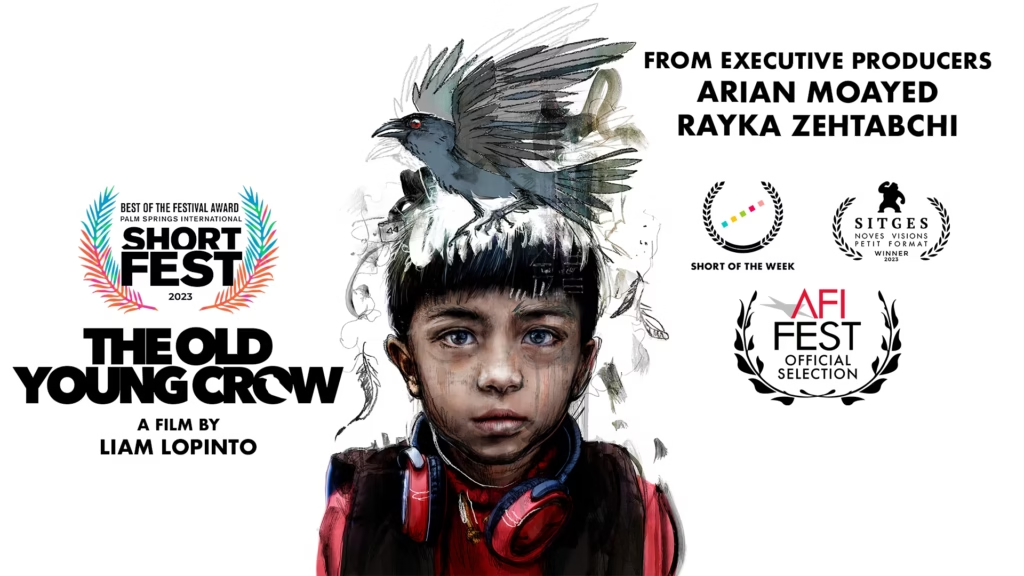
That begins with a pretty good shot, in which we see a hand of a man placing what appears like a diary on a table as he starts to backstory about how his family relocated from Iran to Tokyo, after the death of his mother. Shortly, the pages of the books come to life on screen integrated with the narration as drawn images created using minimal animation begin to play, followed by the voice in animation making sense of the moving visuals on the screen. It is clear that the pictures animate the narrator’s story, which in this case is Mehdads experience in moving to Tokyo. The pictures comprise of assorted lenticular images of various bento which then serve as the center of focus.
Then comes an episodic introduction about the movie which has been explained in detail above in the first half and serves as a stylish part of the winning narration of the story along with the speedy animations of the bento and an assortment of drawings and images, and the narrative voice over travels along with it as if in real time.
The aspect of Mehrdad’s life in a foreign land and the grief of the loss he experienced while growing up is all interwoven in multifaceted strands of some of the elements of time in which he spent in a graveyard and his love for crows. It then takes a while to shift gears and talk about Chiyo, an old lady that Mehrdad meets at a graveyard who has also lost her son and about how their friendship begins to take shape over their shared experience of loss. Then she starts inviting the boy to her place talking about how she lost Chiharu and the photographs in the diary start showcasing violence but also some resemblances to the protagonist who is on the verge of death. The effect such an encounter has on each of them is gradually revealed especially from the perspective of the old woman, but then again, loss happens to be the next strange even to unfold in the sequence.
From the artistic point of view, Liam LoPinto’s short film is commendable and deserves to be directed once again. In terms of context, a heartwarming story of an elderly lady and a young boy who find each other through a void of loss (Chiyo seeking a son, a mother for Mehrdad), which is then turned on its head with the introduction of a supernatural aspect which works quite eloquently here. There is also the loss angle and pain in it and the yearning to connect with like people who are in that part of the world helps one understand how diversity works, such as Japanese and Iranian cultural variances that pop up around the rather rich context here.
When it comes to the art, the way LoPinto mixes all the pieces on his hands, be it animation, live actor, drawings together with the narration and the music, is a sight to behold fusion that is not common in short films. The blend of fast pace editing and music is one of the strongest aspects of the movie and is, surprisingly, relatively fitting. The editors did a great job of enhancing the comments instead of focusing on them, adding their own special touch.
“The Old Young Crow” is a brilliant short, as good in context as it is in art, and it has gained the immense success that it fully deserves.
For More Movies Like The Old Young Crow (2023) Visit solarmovie.







